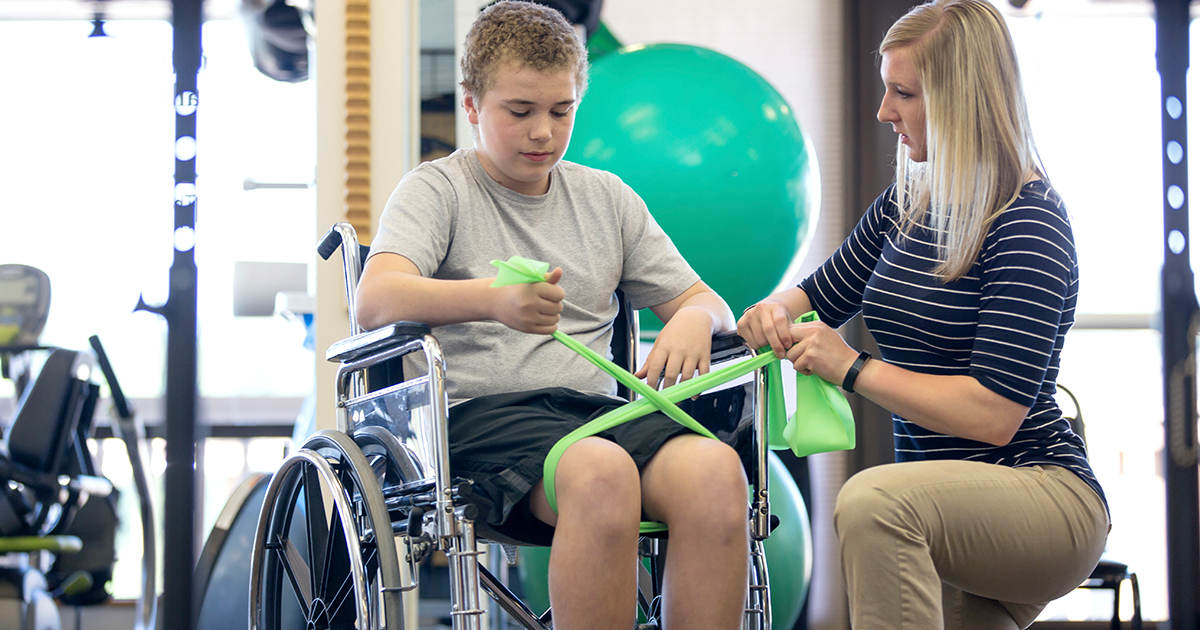Iconic Symptoms Of Different Types Of Muscular Dystrophy
Muscle Weakness

Muscle weakness is one of the main symptoms found in all subtypes of muscular dystrophy. Every form of muscular dystrophy includes progressive weakening of the muscles and muscle atrophy. However, the groups of muscles affected vary from case to case. Most individuals with muscular dystrophy experience symptoms in their legs that lead to a decrease in stamina. They may at first need supportive mobility devices like braces, and then will progress to needing a wheelchair. Some muscular dystrophy patients might be able to walk short distances or stand for very brief periods, while others may not be able to walk at all. Muscle weakness also causes complications throughout the body. If the muscles in the abdomen weaken, there can be trouble exhaling. Weakness in the diaphragm makes it difficult to inhale. Additional weakness in the nose and throat can further complicate breathing. In addition, the heart often becomes progressively weaker. When muscular dystrophy shortens an individual's lifespan, the cause of death is often cardiac-related because of heart damage.
Get more information on additional iconic symptoms linked to types of muscular dystrophy now.
Frequent Falls

Frequent falls are a common sign of muscular dystrophy. They're best known as part of Duchenne muscular dystrophy, but other subtypes can also include frequent falls. When a child with DMD is first showing symptoms, they may fall over more than other children their age, often without any apparent warning. Symptoms tend to occur early in childhood, and some parents might overlook them as a normal part of learning to move around. If a child is falling frequently enough to make their parents concerned for their safety, they should talk to their doctor.
Another subtype of muscular dystrophy that can include frequent falls is Becker muscular dystrophy. This is a less severe form of Duchenne muscular dystrophy, so the symptoms appear later. Typically, patients start seeing issues like increased falls between eleven and twenty-five years old. Myotonic dystrophy might cause falls due to muscle rigidity, but it usually affects the face and neck before the legs. Limb-girdle muscular dystrophy can also cause frequent falls because an affected individual struggles to lift their foot fully, which leads to tripping.
Discover more iconic symptoms of muscular dystrophy now.
